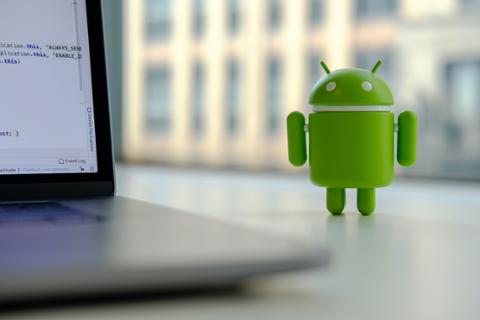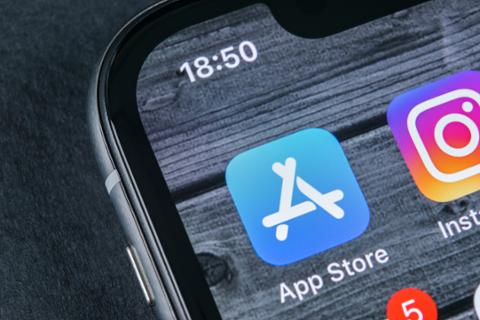In November 2007, the Open Handset Alliance, which included Google and a variety of device manufacturers, unveiled a brand new operating system for mobile devices: Android. On the thirteenth anniversary of that event, let’s take a moment to look back at how this platform changed the technology industry.
Even before that 2007 unveiling, the existence of Android wasn’t exactly a secret. Android Inc., which was founded in 2003 by Andy Rubin and a handful of developers, had been acquired by Google for roughly $50 million in 2005. But the OS developed in those early years bore little resemblance to the final version rolled out to consumers; for starters, it was designed for a world in which relatively low-powered mobile devices relied on a physical QWERTY keyboard.
Apple’s introduction of the iPhone (and iOS, its operating system) in 2007 changed all that. In the wake of Steve Jobs’ historic unveiling, Android’s team scrambled to rebuild a mobile phone UX for touch-screen devices as well as tiny, physical keyboards. After a year of frantic work, Google rolled out a consumer-ready version in September 2008.
Google also made some very crucial decisions about Android’s distribution that would impact the technology industry for the next thirteen years (and counting). In order to stay competitive with Apple, which would never license iOS to other device manufacturers, Google decided to make its own OS free and open source. That not only led to an explosion of Android on a bewildering galaxy of devices, but some companies, including Amazon and Samsung, went a step further and heavily modified the platform for their own uses.
That led to the first and arguably largest issue confronting the rapidly expanding Android ecosystem: fragmentation. Multiple versions of Android running on all kinds of smartphones, tablets, and “phablets” made it hard to keep the entire ecosystem secure and updated. It would take more than 10 years before Google introduced “Project Treble,” which was supposed to de-fragment the ecosystem by letting carriers and manufacturers update phones to the latest version without having to rework their apps or services.
Project Treble worked, albeit slowly (last year, Google also introduced Project Mainline, designed to feed security and compatibility updates to phones via Google Play, the storefront that virtually all mainstream Android devices share). But stability within the ecosystem may have largely come as the result of something else: Many of those initial devices failed to catch on, winnowing down the list of manufacturers to a progressively smaller handful.
Today, Google has taken increasing control over its ecosystem, and only a few manufacturers continue to produce devices in mass quantities (Samsung in particular). Nonetheless, Android remains the world’s most-used mobile OS, a position it seems unlikely to give up anytime soon.
Always a Good Time to Explore Android
Google has always encouraged developers to learn Android (after all, the company earns its share of revenue from apps sold via the Google Play storefront, so the more apps, the merrier). Four years ago, it launched the Android Basics curriculum, which walked students through Android Studio, the core IDE for app-building, as well as other tools.
Android Basics also teaches the fundamentals of building user interfaces, working with databases, and fixing basic bugs. As Google has pivoted to embrace Kotlin as a first-class developer language, it’s also expanded its curriculum: Android Basics in Kotlin is an important stop for anyone learning the OS and its apps, along with Kotlin Bootcamp for Programmers, Android Kotlin Fundamentals, and, for those with a bit more experience, Advanced Android in Kotlin.
Once you’ve mastered your Android app-building skills, check out some tips for certifications, Android-related job interviews, and building out your CV. Thirteen years after it rolled out, Android remains in high demand worldwide—and that’s good news for mobile app developers and designers everywhere.



